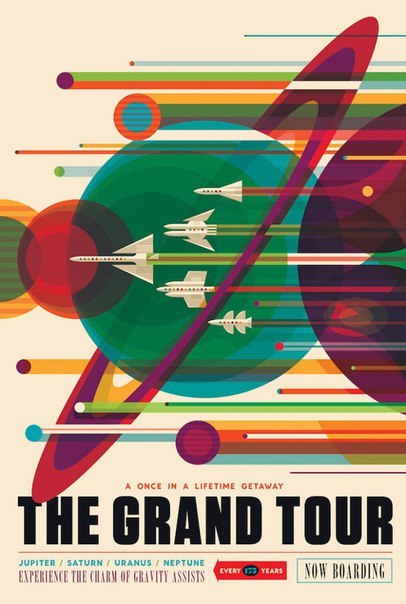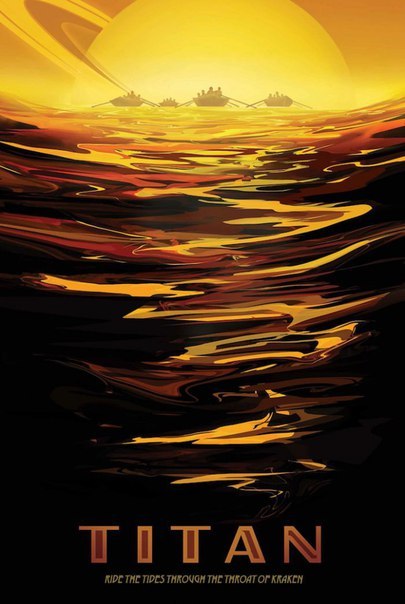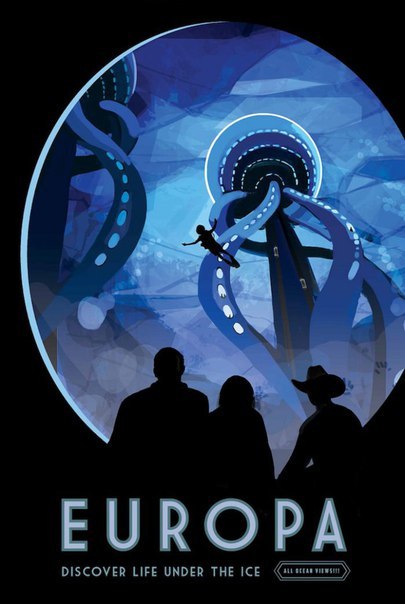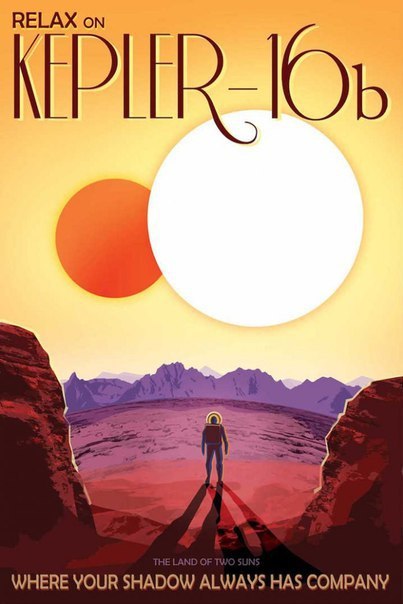Iceland Adventure
Iceland Adventure















More Posts from Doorframedemon and Others
my brand:
emotionally compromised by space probes™
I think Bigfoot is blurry, that’s the problem. It’s not the photographers’ fault. Bigfoot is blurry and that’s extra scary to me. There’s a large, out-of-focus monster roaming the countryside.
Mitch Hedberg (via archiemcphee)



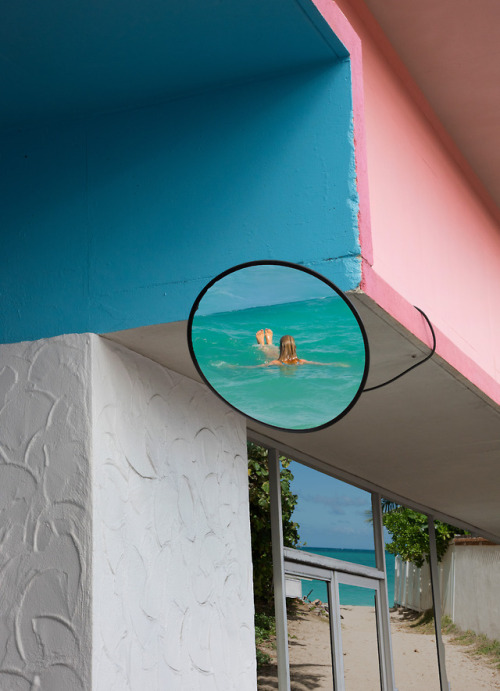

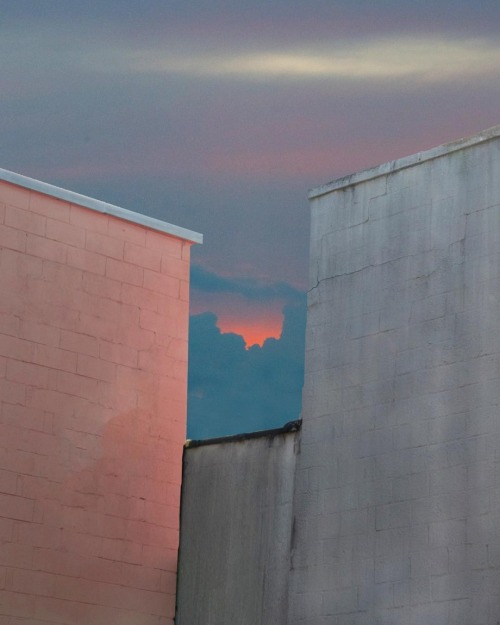
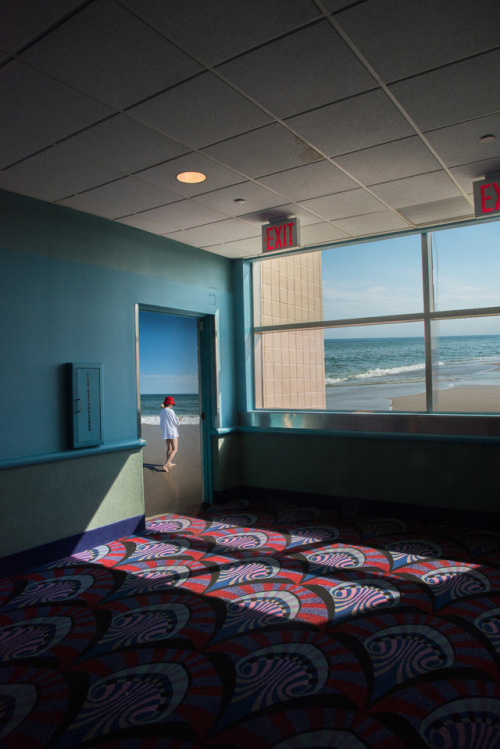

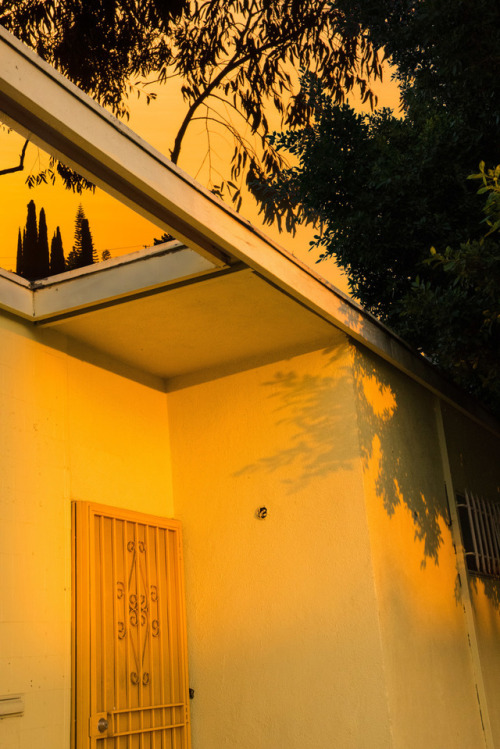

KangHee Kim aka 김 강희 aka Tiny Cactus (Korean, b. 1991, Seoul, South Korea, based Brooklyn, NY, USA) Photography








This puts a few things into perspective.





ig @mofu_sand
of course i have a lot of pent-up rage you fool i’ve been the same height since i was 12
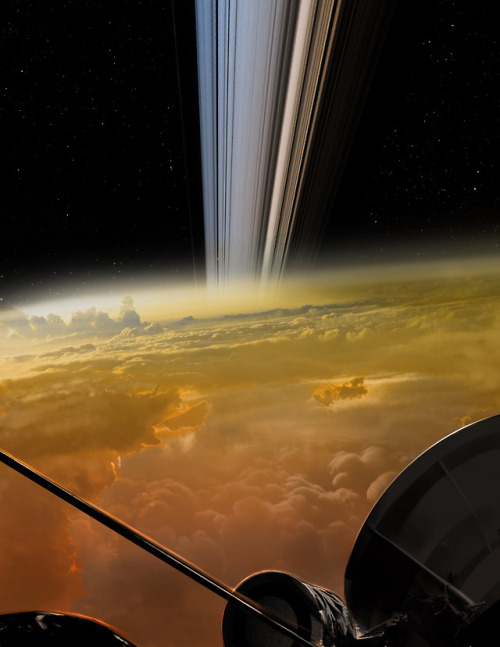



This artist’s concept shows an over-the-shoulder view of Cassini making one of its Grand Finale dives over Saturn | NASA/JPL-Caltech
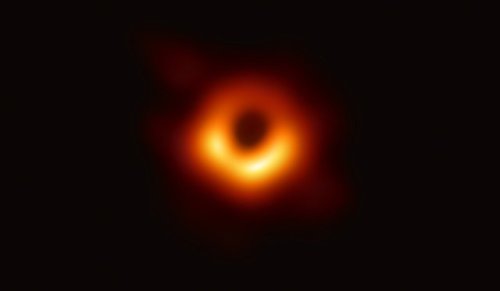
Astronomers Capture First Image of a Black Hole
The Event Horizon Telescope (EHT) — a planet-scale array of eight ground-based radio telescopes forged through international collaboration — was designed to capture images of a black hole. Today, in coordinated press conferences across the globe, EHT researchers revealed that they have succeeded, unveiling the first direct visual evidence of a supermassive black hole and its shadow. The image reveals the black hole at the centre of Messier 87, a massive galaxy in the nearby Virgo galaxy cluster. This black hole resides 55 million light-years from Earth and has a mass 6.5 billion times that of the Sun. Supermassive black holes are relatively tiny astronomical objects — which has made them impossible to directly observe until now. As the size of a black hole’s event horizon is proportional to its mass, the more massive a black hole, the larger the shadow. Thanks to its enormous mass and relative proximity, M87’s black hole was predicted to be one of the largest viewable from Earth — making it a perfect target for the EHT. The shadow of a black hole is the closest we can come to an image of the black hole itself, a completely dark object from which light cannot escape. The black hole’s boundary — the event horizon from which the EHT takes its name — is around 2.5 times smaller than the shadow it casts and measures just under 40 billion km across.
Credit: ESO
-
 scribelulz reblogged this · 3 months ago
scribelulz reblogged this · 3 months ago -
 barnaclebill reblogged this · 11 months ago
barnaclebill reblogged this · 11 months ago -
 barnaclebill liked this · 11 months ago
barnaclebill liked this · 11 months ago -
 ratdelandsubsgrus liked this · 1 year ago
ratdelandsubsgrus liked this · 1 year ago -
 chaos-of-universe liked this · 2 years ago
chaos-of-universe liked this · 2 years ago -
 canis-licro1ce liked this · 2 years ago
canis-licro1ce liked this · 2 years ago -
 p3ss1n liked this · 2 years ago
p3ss1n liked this · 2 years ago -
 fussinabout liked this · 3 years ago
fussinabout liked this · 3 years ago -
 masters-property liked this · 3 years ago
masters-property liked this · 3 years ago -
 freakedoutfalcon liked this · 3 years ago
freakedoutfalcon liked this · 3 years ago -
 neotoymaker reblogged this · 3 years ago
neotoymaker reblogged this · 3 years ago -
 neotoymaker liked this · 3 years ago
neotoymaker liked this · 3 years ago
